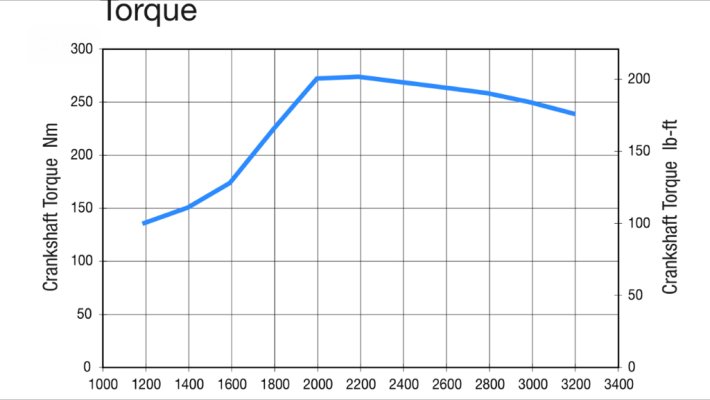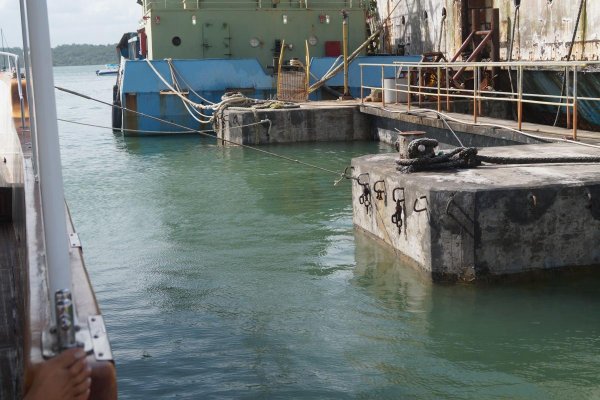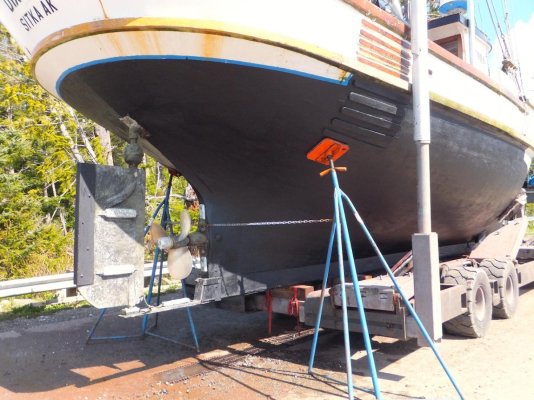Britannia
Wannabe
But on a FD boat one at least has the choice of installing power that will permit running at a normal cruising speed and be at least at a 50% load .......... for whatever that's worth.
According to the online calculators I can find, my boat is at that point. It supposedly takes 106 HP to get Stillwater to 8.3 kt (HS is 9.3 kt) and the engine is rated at 225 HP. According to the same calculators the N46 also runs at 50% load at cruising speed (HS - 1 kt)
Richard















